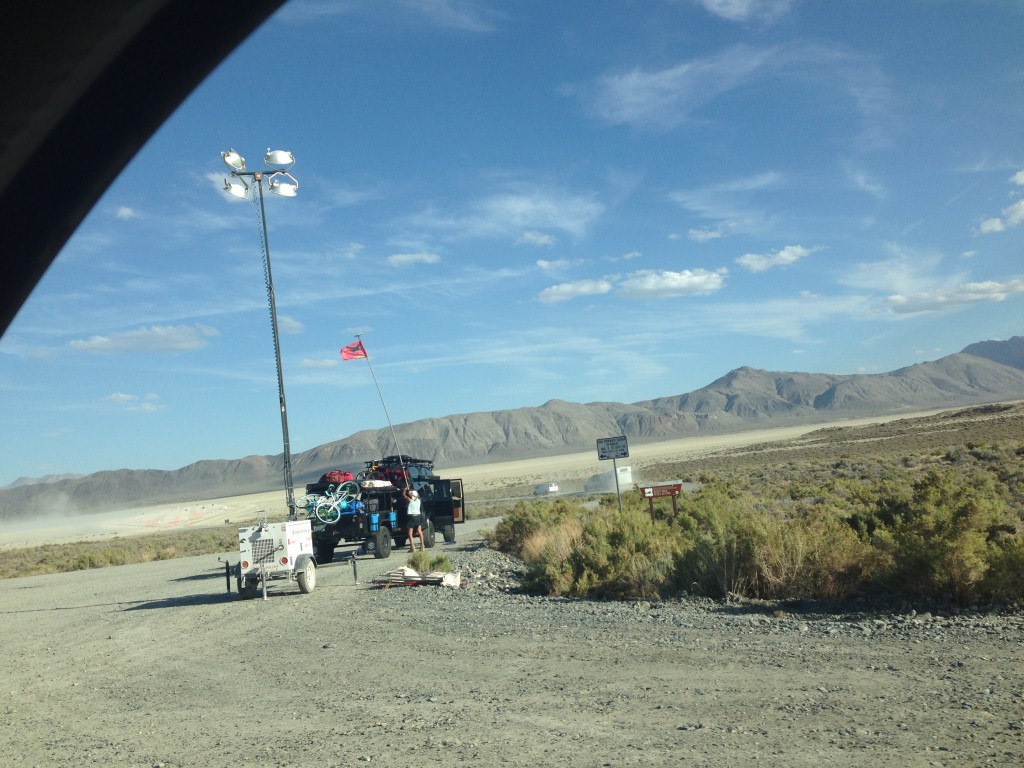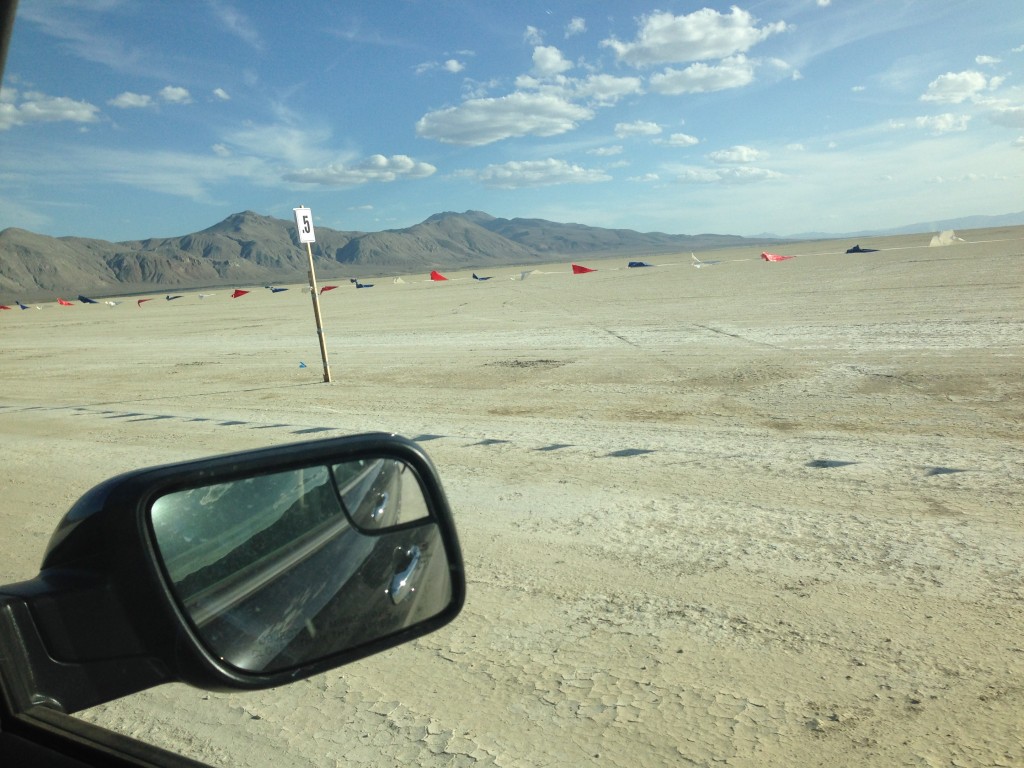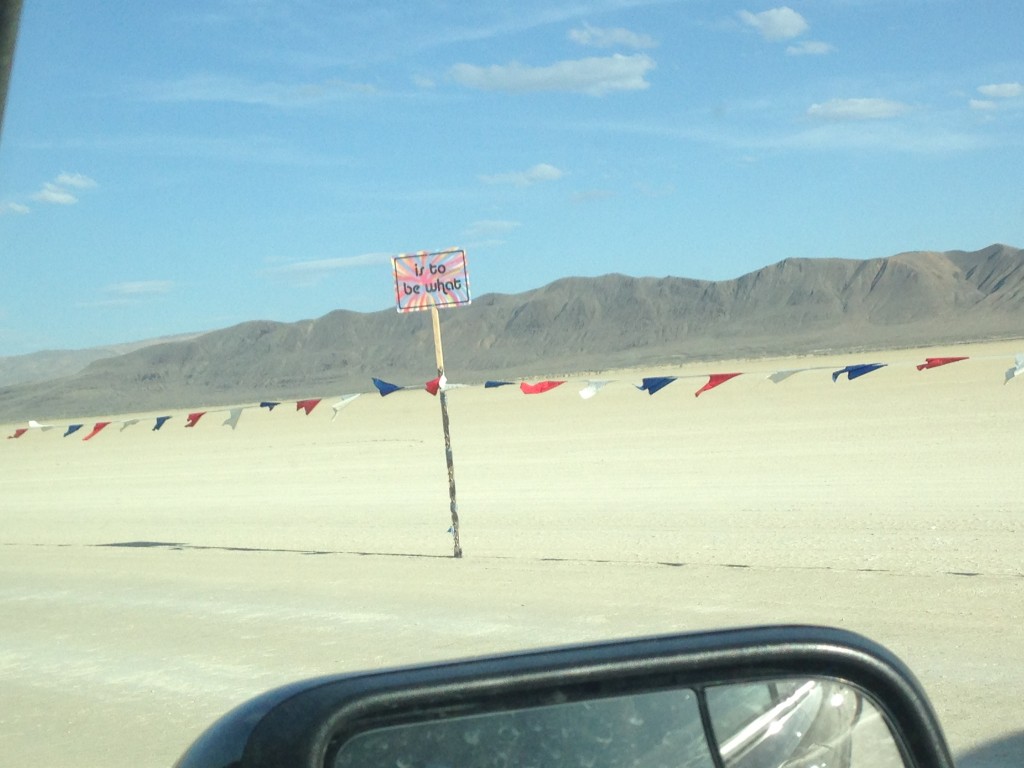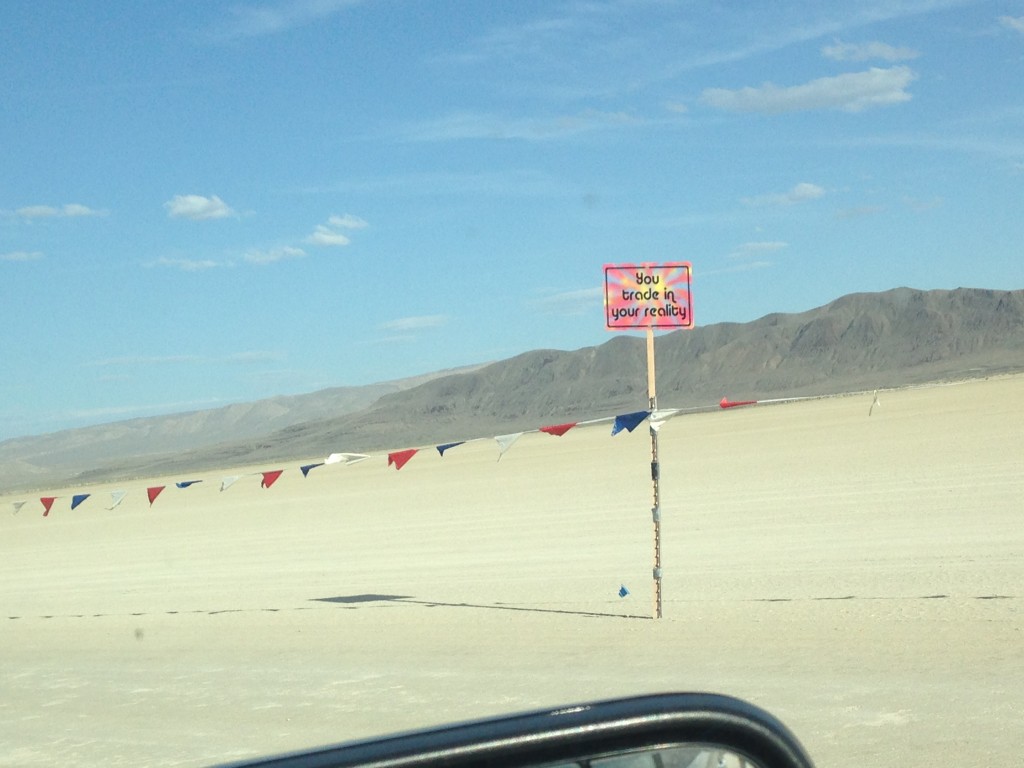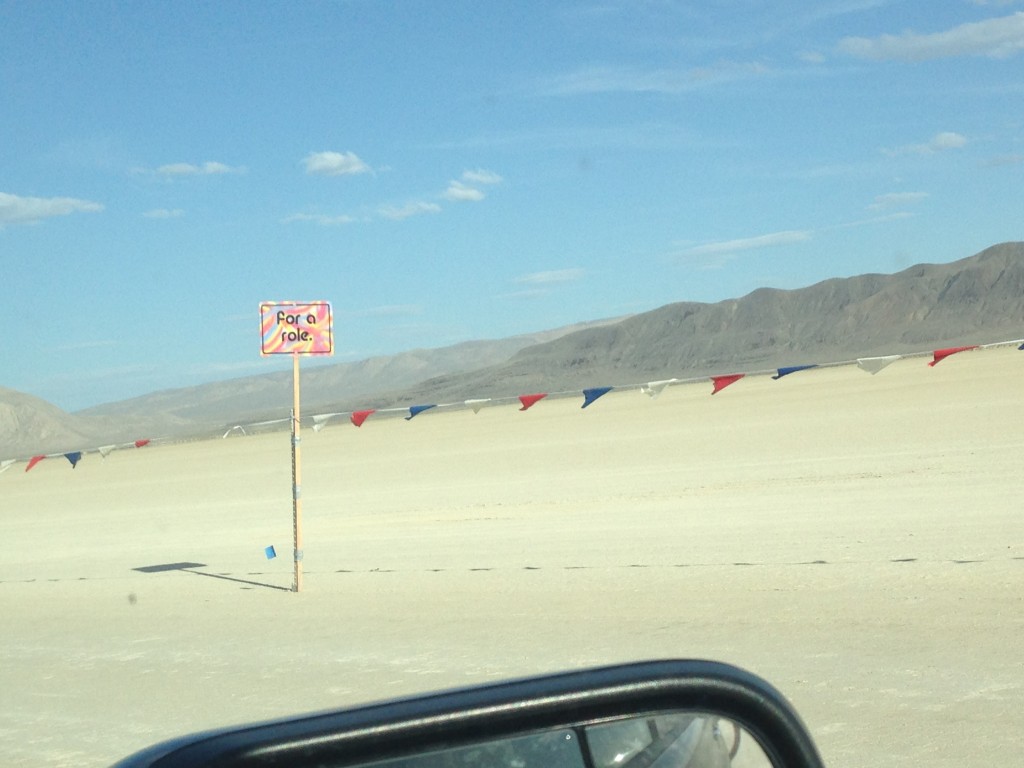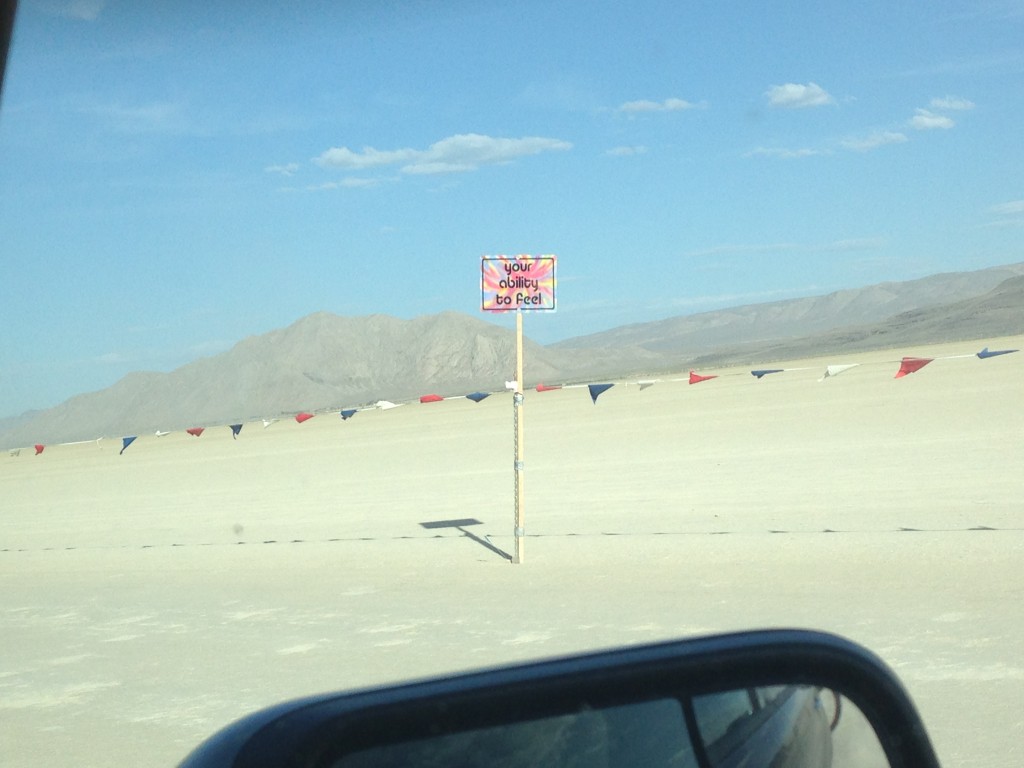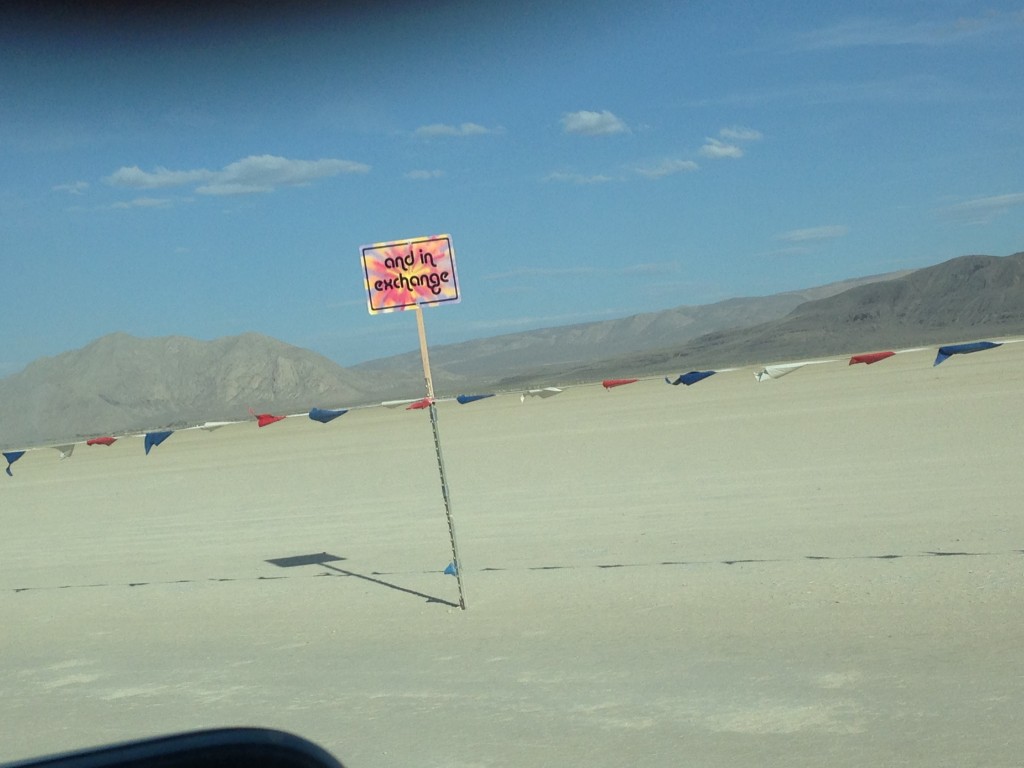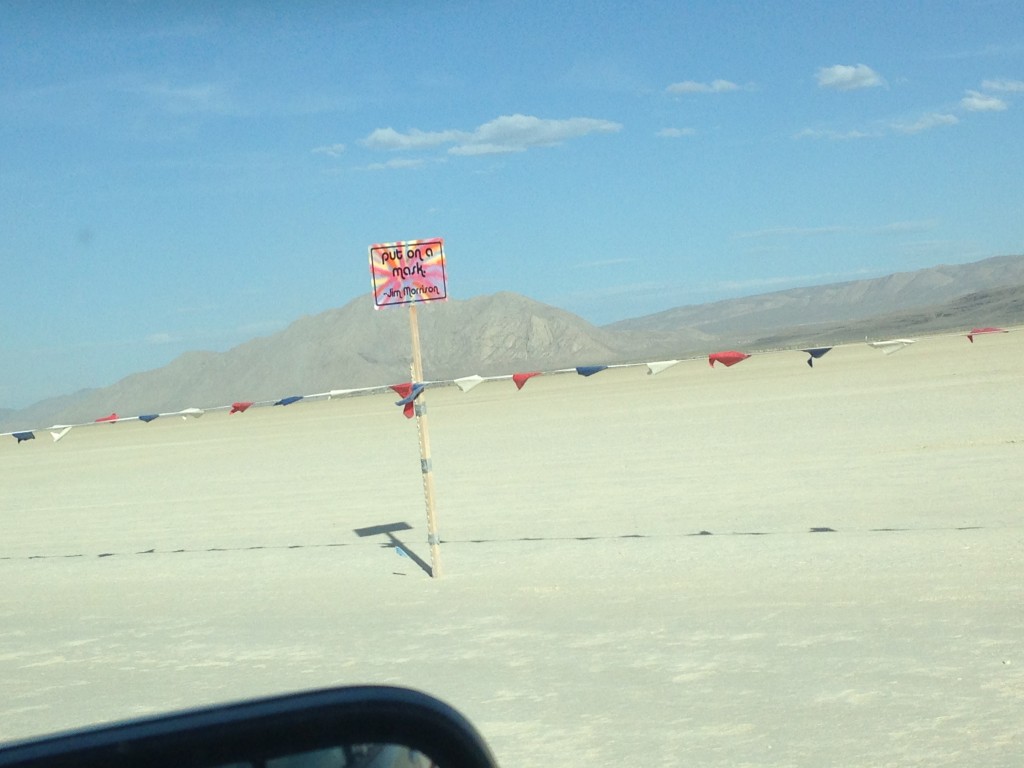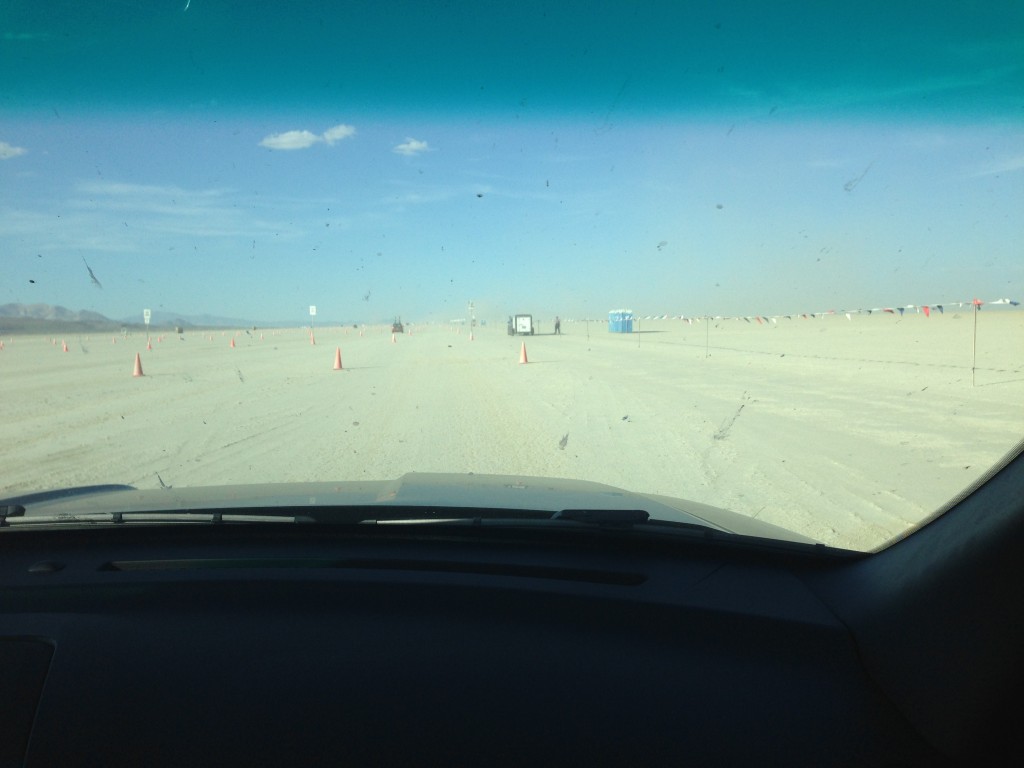So, I was reading some internet forums associated with one of my favourite webcomics, and an argument came up about Captain Picard’s ‘alignment’.
(A brief aside. ‘Alignment’ in this context is from Dungeons & Dragons, where each character is considered to be aligned along two axes, ‘lawful-neutral-chaotic’ (respect for the rule of law) and ‘good-neutral-evil’ (good of the many vs. good of the few). This gives 9 ‘alignments’, from ‘lawful-good’ to ‘chaotic-evil.)
Some had him as ‘lawful-good’, or trying to do the best for the many while respecting laws. some had him as ‘lawful-neutral’, where adherence to laws is more important than the good of the many. I can see the ‘lawful-neutral’ interpretation, just from listening to one of his quotes:
It seems at first blush that here the law (the Prime Directive) is more important than any group of pre-warp civilizations[1].
Another famous quote:
So we have two questions here:
1) Is adherence to the Prime Directive more ‘lawful’ or ‘good’?
2) Is Truth more ‘lawful’ or ‘good’?
1) The Prime Directive ostensibly has the interests of the many (the inhabitants of a pre-warp planet) outweighing the interests of the few (those few people who would exploit them).
And indeed, when the Prime Directive does not have their best interests in mind, Picard tends to look for exceptions.
Although there are times when he seems perfectly willing to let a planet’s culture perish to avoid interference.
So, I would count this as the Prime Directive is a ‘law’ that is mostly ‘good’, and Picard usually tries to move it towards ‘good’ when there is wiggle room. At the same time, when the ‘law’ conflicts with the ‘good’, sometimes (but seldom) he chooses ‘law’, so ‘lawful-good’ seems appropriate.
2) Now, let’s look at truth. Another quote seems to be in order here:
This would suggest that barring violating the Prime Directive above, truth should be ‘good’, specifically the speaking of truth to power. (I think that’s what actually necessitates the Prime Directive, else if truth was pre-eminent, interference to tell people the error of their ways would be a very convenient excuse.)
So, truth is probably ‘good’. Is it ‘lawful’? You could make the argument that adherence to truth is equivalent to a code of honour[4], and it’s just as important (or more important) to do things the right way as to reach your objective. So, truth can be either or both of ‘lawful’ and ‘good’. The quote above from ‘The First Duty‘ is speaking about the good of the many (Starfleet, the reputation of his dead friend, and the trust between Starfleet officers) outweighs the good of the few (Wesley’s year of school, his reputation), so I’d call this a meeting of ‘lawful’ and ‘good’.
I’d say Picard is pretty firmly ‘lawful-good’, with some ‘neutral-good’ leanings (bending the rules to help people) and some ‘lawful-neutral’ leanings (sometime rules are absolute).
Thoughts? Comment below!
[1]Leaving out the non-interference in the Klingon civil war as out of scope.
[2]That quote also appears here:
[3]Note that George Orwell is most frequently associated with this quote, as is William Randolph Hearst. The actual source seems unclear. I enjoyed a number of the humorous takes on the quote in that article.
[4]No, not the episode. And I’m not linking to it.
